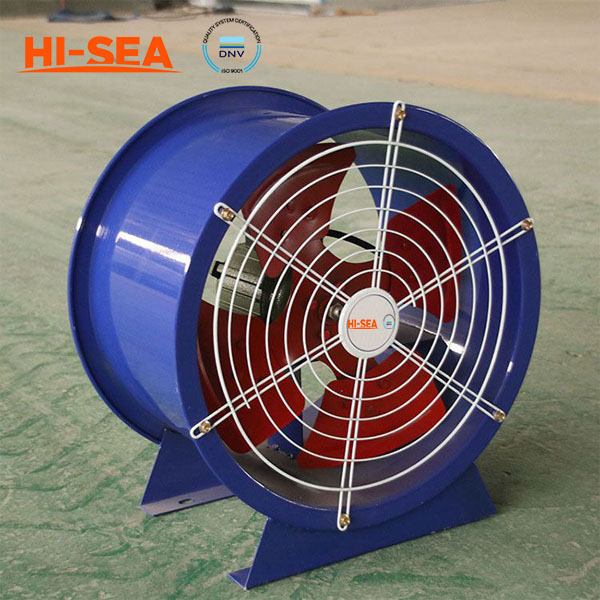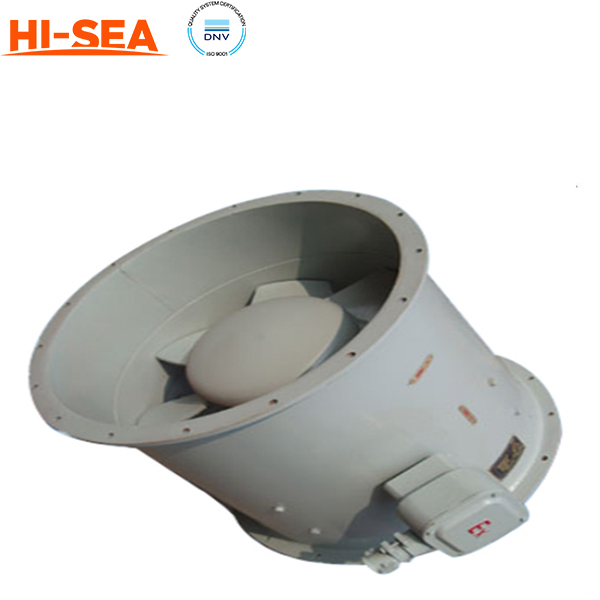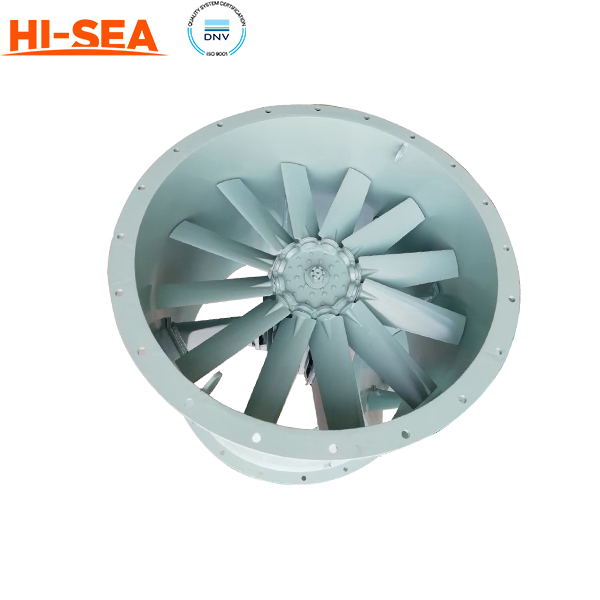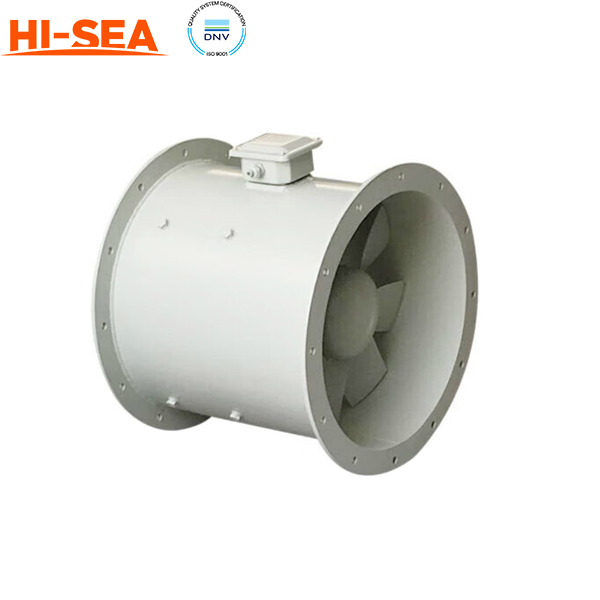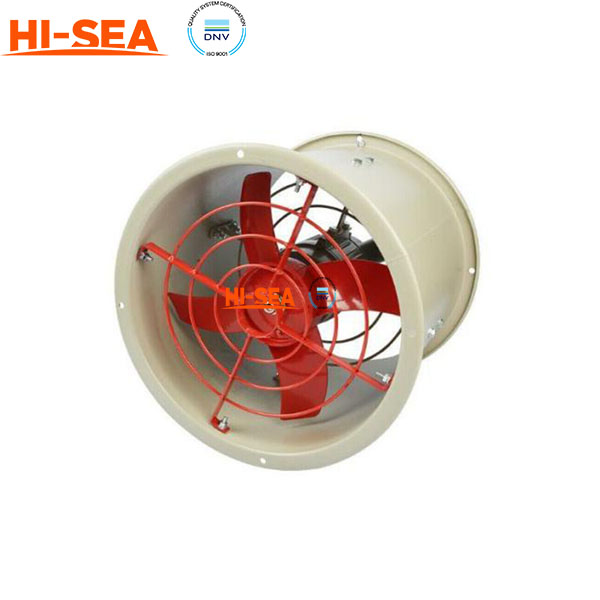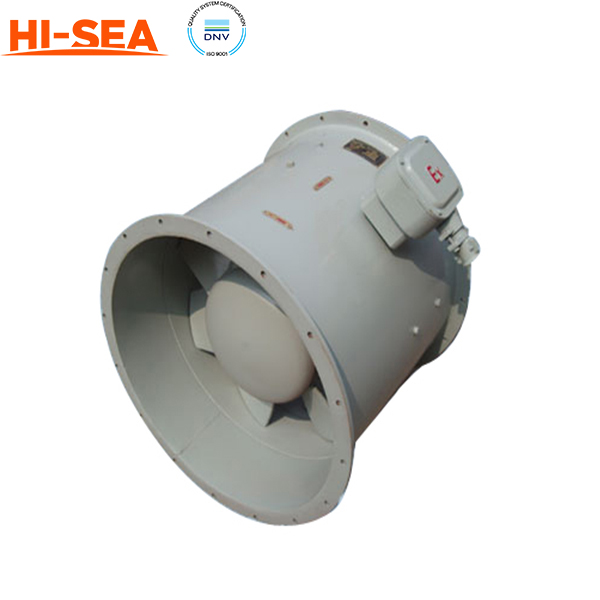MARINE & OFFSHORE EQUIPMENT
- Dredging Equipment
- Marine Deck Machinery
-
Marine Mooring Equipment
-
Marine Anchor
- AC-14 HHP Anchor
- Admiralty Anchor
- Beldt Stockless Anchor
- Bruce Anchor
- Spek Anchor
- Danforth HHP Anchor
- Delta High Holding Power Anchor
- GB11579-89 Light Weight Anchor
- Hall Anchor
- High Holding Power Mastrosov Anchor
- Hot Dip Galvanized Anchor
- Japan Stock Anchor
- JIS Stockless Anchor
- Pool Anchor
- Single Fluke Anchor
- Stainless Steel Anchor
- Stevpris MK5 Anchor
- Stingray Anchor
- US Navy Stockless Anchor
-
Marine Anchor Chain
-
Marine Shackle
- Kenter Shackle
- D Type Joining Shackle
- Pear Shaped Shackle
- Anchor Swivel Shackle Type A
- Anchor Swivel Shackle Type B
- Buoy Shackle Type A
- Buoy Shackle Type B
- C Type Detachable Connecting Link
- D Shackle
- Forelock Shackle
- Anchor Chain Swivel Group
- Straight Shackle
- Anchor Shackle
- Marine Triangle Plate
- Anchor Chain Swivel
- Anchor Chain Joining Shackle
- Anchor Chain End Shackle
- Slim Kenter Shackle
-
Chain Chaser
-
Marine Bollard
-
Marine Chock
-
Marine Fairlead
-
Marine Chain Stopper
-
Marine Mooring Reel
-
Marine Towing Bracket
-
Mooring Rope
-
Marine Towing Hook
-
Marine Shark Jaw
- Marine Fender
-
Marine Buoy
- Marine Floating Pontoon Dock
-
Marine Anchor
- Aquaculture Equipment
- Marine Outfitting Equipment
- Marine Propulsion System
-
Marine Painting
-
Marine Auxiliary Machinery
- Marine Air Compressor
- Marine Air Receiver
- Marine Sewage Treatment Plant
-
Marine Diesel Generator Set
- Marine Oil Water Separator
- Ballast Water Management System
- Marine Hydrophore
- Marine Calorifier
- Seawater Desalination Plant
-
Marine Oil Separator
- Marine Fuel Oil Supply Unit
- Marine Heat Exchanger
-
Marine Hot Well Unit
-
Marine Incinerator
-
Marine Boiler
-
Marine Valve
- JIS Marine Valve
- DIN Marine Valve
- ANSI Marine Valve
- GB Marine Valve
- CB Marine Valve
- CBM Marine Valve
-
Marine Gate Valve
-
Marine Globe Valve
-
Marine Angle Globe Valve
-
Marine SDNR Valve
-
Marine Angle SDNR Valve
-
Marine Check Valve
-
Marine Storm Valve
-
Marine Butterfly Valve
-
Marine Quick Closing Valve
-
Marine Fire Valve
-
Marine Self Closing Valve
- Marine Valve Accessories
-
Marine Pump
- Marine Centrifugal Pump
- Marine Screw Pump
-
Marine Gear Pump
-
Marine Vortex Pump
-
Marine Ejector Pump
-
Marine Diaphragm Pump
-
Marine Piston Pump
-
Marine Fire Pump
-
Marine Emergency Fire Pump
-
Marine External Fire Pump
-
Marine Ballast Water Pump
-
Marine Fuel Pump
-
Marine Lubricating Oil Pump
-
Marine Bilge Pump
-
Marine Sewage Pump
-
Marine Domestic Water Pump
-
Marine General Pump
-
Marine Cargo Oil Pump
-
Marine Hand Pump
- Marine Pump Parts
- Marine Life-saving Equipment
- Fire-fighting Equipment
- Marine Cable
- Marine Electrical Equipment
- Marine HVAC
-
Labour Protection Appliance
- Marine Decorative Material
-
Marine Anode
- Marine Pipe Fitting & Flange
- Marine Instrument
- Ship Building Equipment
INDUSTRY EQUIPMENT
- Hoisting Equipment
- Welding Machine & Material
-
Cutting Machine
- Container Securing Fitting
- Link Chain
- Container & Storage Equipment
-
Diesel Generator Set
- Other Equipment and Tools
- Petrochemical Equipment
- Fiber Reinforced Plastics
- Polymer Materials
- Environmental Protection Series
- Geo-products and Building Materials
- Metal Mesh
- Steel Grating
-
Earthwork Teeth
-
Turnbuckle
STOCK LIST
Contacts
 Tel:+86-23-67956606
Tel:+86-23-67956606
 FAX:+86-23-67956622
FAX:+86-23-67956622
 Email:manager@cqhisea.com
Email:manager@cqhisea.com
Working Time: 9:00--17:00
Working Day: Monday to Friday Website: www.cqhisea.com

Engine Room Axial Flow Fan
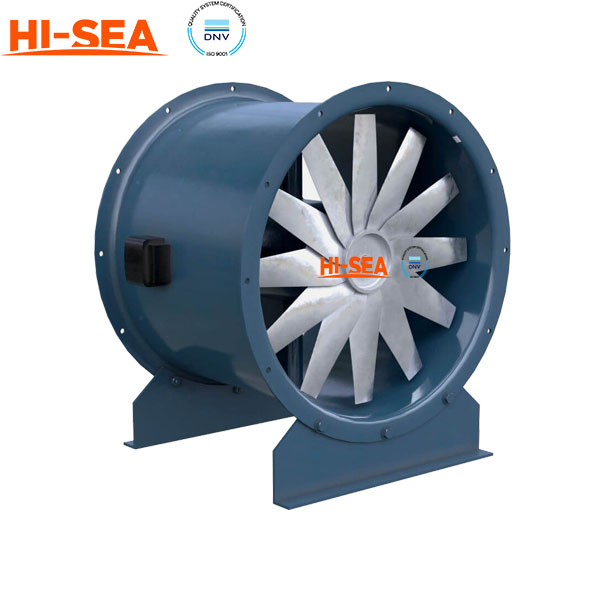
Engine Room Axial Flow Fan
Introduction:
An axial flow fan is a type of fan that is commonly used in engine rooms, as well as in various other industrial applications, such as ventilation systems and cooling towers. The fan consists of a series of blades that rotate around a central hub, drawing air in parallel to the axis of rotation and then accelerating the air in the same direction.
In an engine room, axial flow fans are often used to provide ventilation and cooling to the space, helping to regulate the temperature and prevent the buildup of heat and exhaust gases. The fans are typically powered by electric motors or diesel engines, and are designed to be robust and durable enough to withstand the harsh operating conditions of an engine room.
Axial flow fans come in a variety of sizes and configurations, depending on the specific application and the amount of airflow required. Some fans are designed to be mounted directly onto the engine or machinery being cooled, while others are mounted on ducts or walls to provide more general ventilation to the space.
Regular maintenance and cleaning are important for keeping axial flow fans operating at peak efficiency, as the buildup of dust, dirt, and debris on the blades and motor can reduce their effectiveness over time. In addition, it's important to ensure that the fan is properly sized and installed for the specific application, as improper sizing or installation can lead to reduced airflow and increased energy consumption.
Feature:
1. Blade design: Axial flow fans typically have curved or twisted blades that are designed to maximize airflow while minimizing turbulence and noise.
2. Materials: The blades and housing of an axial flow fan are usually made of corrosion-resistant materials, such as aluminum or stainless steel, to withstand the harsh environment of an engine room.
3. Motor: The motor that drives the fan is usually a high-efficiency electric motor or diesel engine, depending on the power source available in the engine room.
4. Variable speed control: Many axial flow fans come with variable speed controls, allowing the operator to adjust the fan speed to meet the specific cooling or ventilation needs of the engine room.
5. Installation options: Axial flow fans can be installed in a variety of configurations, including horizontal or vertical mounting, depending on the available space and ventilation requirements.
6. Maintenance features: Some axial flow fans come with features designed to make maintenance and cleaning easier, such as removable blades or access panels.
7. Safety features: Engine room axial flow fans may be equipped with safety features such as automatic shut-off switches or guards to protect against accidental contact with the blades.
Product Showing:
